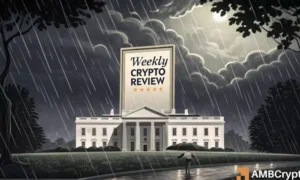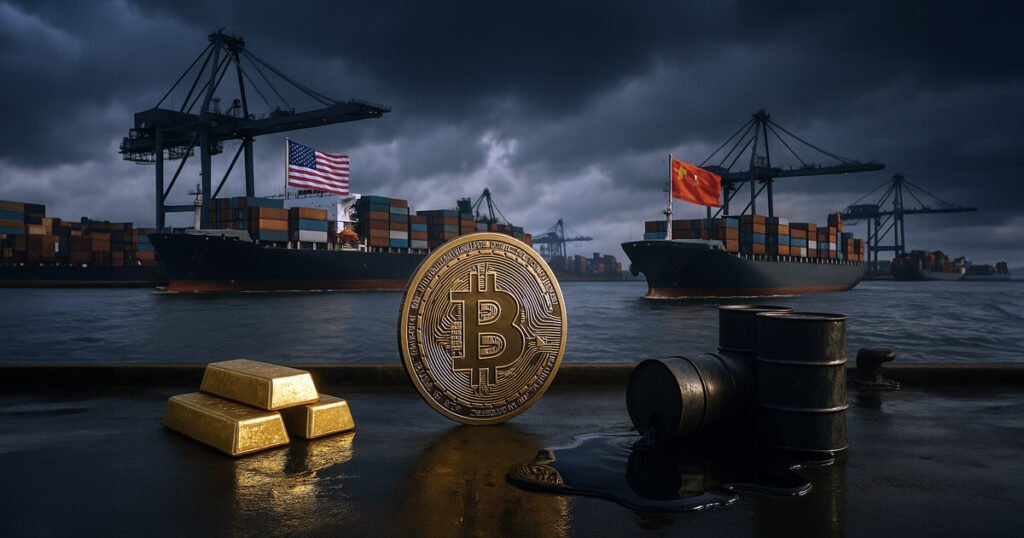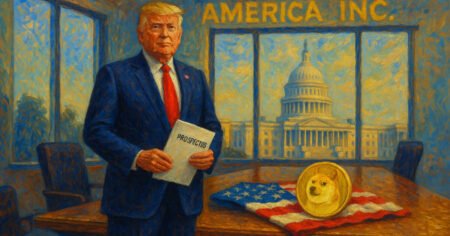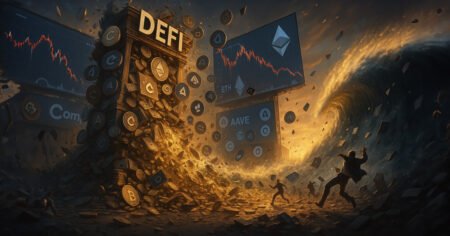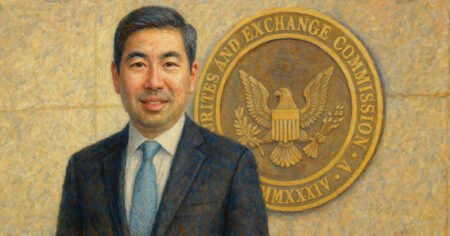China’s finance ministry has raised tariffs on select US imports to 125%, matching the United States’ recent escalation. This move comes after Beijing raised duties to 84% in response to higher import taxes imposed by the US. Chinese officials described the US actions as “hegemonic” and “bullying,” framing their measures as a defensive response to unilateral economic aggression. Beijing stated that it would not escalate further but warned against continued US tariff pressure, calling the latest hike a mistake.
The market reacted with uncertainty to the tariff escalation, reflecting concerns about how it would impact global trade and capital flows. Traditional safe-haven assets received modest inflows, while risk assets moved unevenly. Bitcoin briefly recovered after the announcement but ultimately remained near flat, while gold rose steadily, gaining 0.35% over the session. US Treasury bonds also attracted demand, with prices on the 10-year bond climbing by 0.12% as investors sought safety amid the uncertainty.
Oil prices declined sharply as traders adjusted their demand expectations based on the assumption that extended trade disputes could impact global industrial activity. Chinese bonds remained largely unchanged, suggesting limited near-term volatility in foreign exchange markets despite the tariff escalation. The S&P 500 slipped in pre-market trading, reflecting cautious sentiment and a continued move out of equities.
The tariff increase follows a pattern of reciprocal moves between the US and China that began with the Trump administration’s import tax policies. Beijing has matched Washington’s escalation with near-equal tariff hikes, driving duties on both sides to historically elevated levels. Taiwanese President Lai Ching-te noted that Taiwan is engaged in negotiations with Washington after a temporary reduction in US tariffs on the island’s exports. Whether the tariff ceiling holds or triggers new rounds of retaliation remains uncertain, with investors divided on the implications of elevated tariffs.
Commodities like gold and bonds continue to absorb geopolitical risk in traditional ways, while Bitcoin’s role remains uncertain. The lack of clear directional conviction in Bitcoin’s response to macroeconomic crises may reflect broader hesitancy to assign it a fixed role until clearer signals emerge from central banks or geopolitical actors. Overall, the ongoing trade conflict between the US and China continues to create uncertainty in global markets, with investors closely monitoring developments and adjusting their strategies accordingly.


